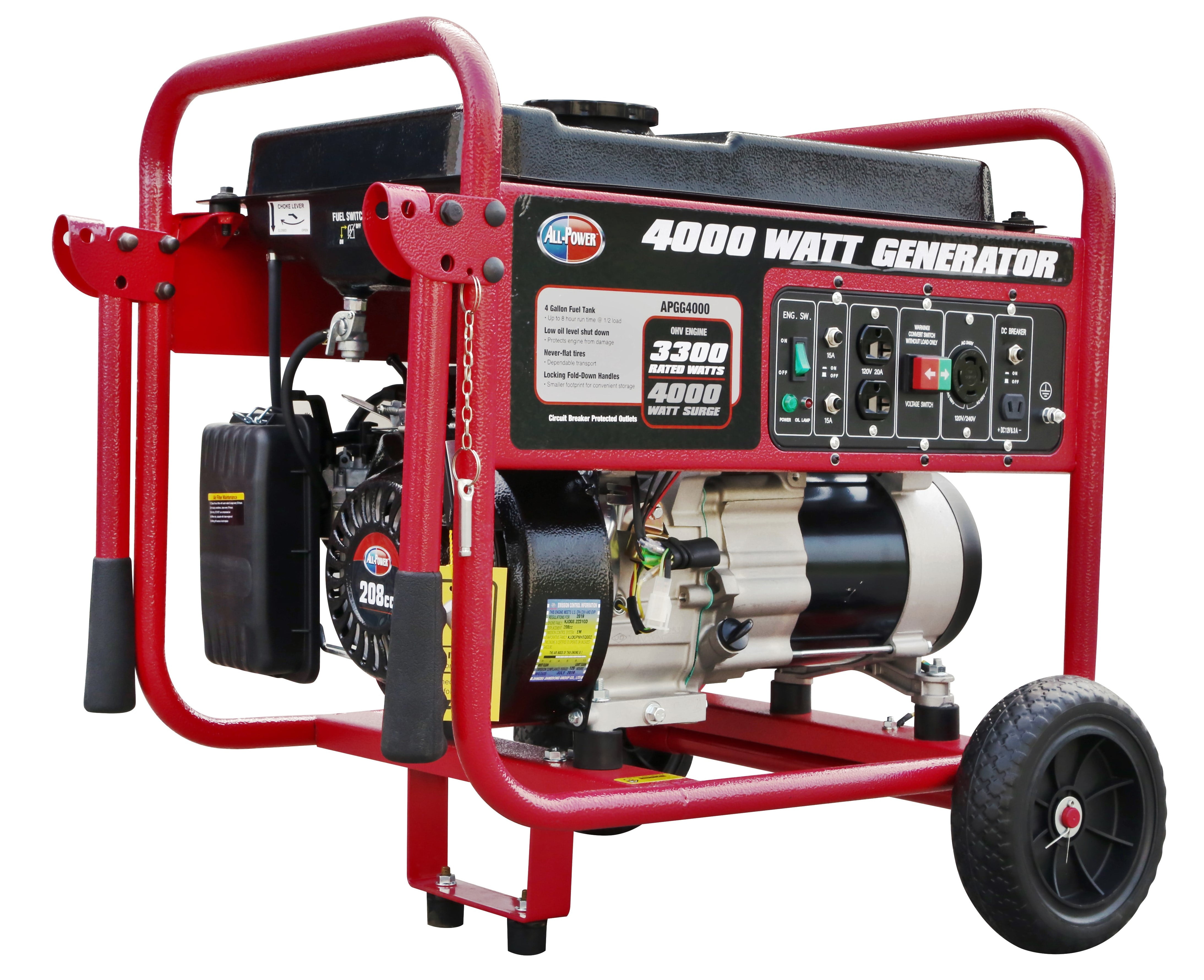Table of Content
Finally, you have to take more precautions with a portable generator. If misused, it could start a fire or send harmful fumes into your house. According to the generator buying guide from Consumer Reports, most models cost between $400 and $1,000. You can install this type of generator yourself or pay a few hundred dollars to an electrician to put in a transfer switch, which makes it safer and easier to use. Consumer Reports puts a standby generator’s price at $3,000 to $6,000, plus the cost of professional installation. All told, you could end up paying anywhere from a few thousand dollars to over $10,000.

These require regular refueling and can be difficult to store. These generators are also ideal for people who plan to use them for camping and travel. This is also not the option for you if you live in an area prone to flooding, as home standby generators can neither be installed in wet areas nor be moved during a flood. Hire a top-rated generator installation service for your home to stay up and running even in the event of a power outage, blackouts or utility shortages. The power you will get from the inverter generator smooth and reliable.
Home Maintenance Plan
Obtain the approximate wattage you need to run and multiply this by two. This provides sufficient guidance regarding the generator wattage that you need. Use this information to narrow down your search for the type of generator that will provide enough power for your needs. Ideally, your generator needs to be able to handle a little more than your total wattage for safety. For example, if the total wattage for the items that you need to run is 10,000 watts, consider a generator that can handle a minimum of 12,000 watts.

This person will connect the generator to your home’s breaker box, which distributes electrical power throughout the house. Pick up a generator with advanced technology to reduce noise levels. Standby generators can be very loud when they’re running, which can disrupt your sleep patterns. If you want to get a standby generator, look into a model that has advanced technology.
How to use a portable generator
To prevent CO poisoning, always run the generator in an open, outdoor space. Even a partially enclosed space, such as a garage with the door open, can trap enough carbon monoxide to be deadly. Keep the generator at least 20 feet away from the house and well away from any doors, windows, or vents that could admit fumes. If you wait until a big storm is approaching to rush out to the nearest home center, its shelves are likely to be empty. Even if you manage to take home a generator, you’ll be forced to settle for whatever model the store has in stock.
Primary Power Source.Those who are used as a primary power source need to have an indefinite run time. To provide power at an arts and crafts fair, carnival or other types of events where regular power is not available. The extreme heat of summer can really do a number on your energy bills.
About This Article
To do this, turn off the fuel valve while the engine is running and let it run down. That clears fuel out of the lines and the carburetor to keep them clean, and it also prevents leaks. When you want to run the generator, all you have to do is plug in the cable and flip a few switches to direct power to the panel from the generator rather than the grid. It’s both easier and safer than messing with multiple extension cords. So, before you settle on a brand, it’s worth checking to see where the nearest service center is and how easy it would be to take the generator there if you needed to. One other factor to consider is each appliance’s peak wattage.
Look at the running and starting wattage of each of these items. You can usually find this information somewhere on the actual item or in the owner’s manual. Make note of the electrical components, such as your appliances and small electronics, that you need to keep running when the power goes out. If you choose a generator that is too small for the capacity that you need, damage to your generator and electrical items can occur.
If your home is an all electric home and includes electric appliances like an electric range, electric clothes dryer, electric water heater, etc. You can add these items below to accurately reflect your home's specific backup power needs. Solar generators use solar panels to harvest the free energy of the sun and store it in a battery. These units do not produce carbon monoxide and can usually be operated indoors, with the panels set up outside. Because the sun is needed to charge the battery, solar generators can only generate electricity during the day and will charge slower during cloudy weather. A fuel gauge shows you at a glance how much fuel a portable generator has left in the tank.
Propane or liquefied petroleum gas is also a very popular version of the fuel. Moreover, the process of filling this container is also not very convenient. Propane fuel also does not deteriorate when it is idle for a long time, which gives people the opportunity to store it for a long time without fear. Despite this, propane is not nearly as energy-efficient as gasoline. Let’s take a look at the key features of this type of generator. First of all, it is worth considering that it works automatically and does not require direct control.
If not enough, the generator can overheat or damage internal parts resulting in serious damage. Before starting, make sure you haven’t connected anything to it. When starting the generator, nothing should depend on it to generate energy. Only after it has started can the loads be safely connected.

When a power cut happens, the struggle with the darkness makes us the realization. Day by day, the need for electricity is overgrowing and meeting the huge demands, sometimes the power grid fails, and power cuts happens. To satisfy the urge of growing electricity needs, generators are the best option to pick. This article will help you in how to choose a generator for your home and commercial use. And you can use two inverter generators with a parallel connection that will allow you to maximize the dual power. For a standby generator, LPG gas is safer and cleaner, but the running cost is expensive.
On the plus side, it’s safer to store and lasts virtually forever. The most popular fuel for a portable generator is gasoline. The most significant advantage of this fuel is that it’s easy to buy at any gas station. If a power outage strikes your whole area, not just your house, gas stations won’t be able to use electricity to pump their gas.

Here's what you need to know about buying and running a generator. My point here is you probably don't need a large generator to survive a power outage, so save some money and buy a less powerful generator. The downside of the gasoline generator is you can splash gas when filling the tank, and you must put gas stabilizer in the fuel. But you should treat all the gas you use for small engines with stabilizer, in my opinion.

No comments:
Post a Comment